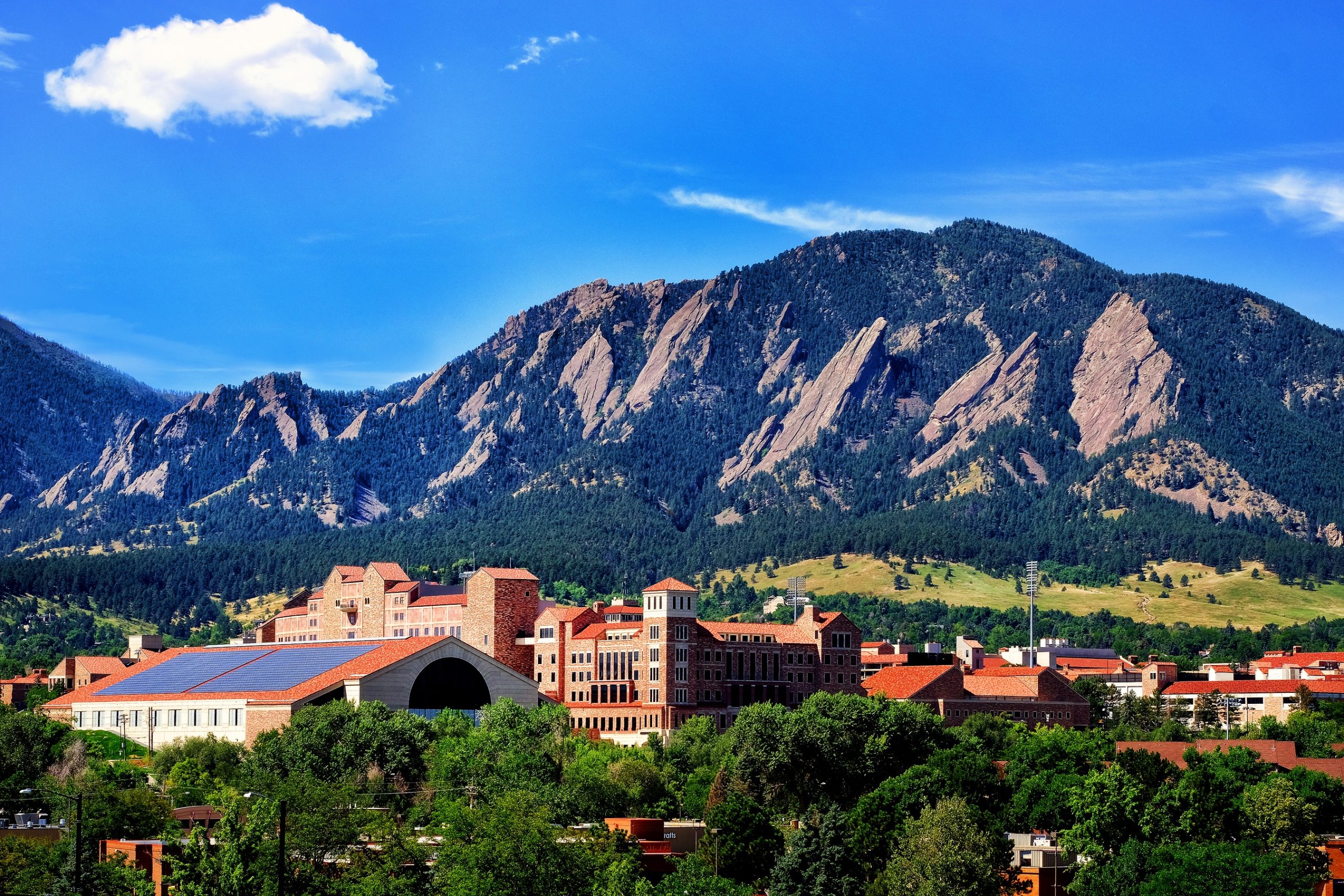Boulder is located in north-central Colorado, at the base of the eastern slope of the Rocky Mountains. The city sits along the Front Range and is part of Boulder County.
Table of Contents
ToggleBoulder’s Position in Colorado
Boulder lies about 30 miles northwest of downtown Denver. It is considered part of the Denver–Aurora–Lakewood metropolitan area.
- Boulder sits at an elevation of approximately 5,430 feet above sea level.
- The city is located along U.S. Highway 36, which connects Boulder to Denver.
- Boulder Creek runs through the city from west to east.
Nearby Cities and Towns
Boulder shares borders with several smaller towns and residential communities.
- Louisville is located southeast of Boulder.
- Lafayette sits to the east.
- Longmont is northeast of Boulder.
- Nederland is west of Boulder, over Boulder Canyon.
- Superior and Broomfield lie to the south along Highway 36.
Natural Surroundings
Boulder is known for its scenic surroundings and public open space.
- The Flatirons are sandstone rock formations on Boulder’s western edge.
- Chautauqua Park provides access to trails leading into the foothills.
- Eldorado Canyon and Indian Peaks Wilderness lie just outside the city limits.
- Boulder is bordered by over 45,000 acres of protected land and open space.
Boulder’s Distance from Other Major Areas
Boulder’s location provides access to major cities and attractions in Colorado.
- Denver International Airport is about 45 miles from Boulder by car.
- Estes Park and the entrance to Rocky Mountain National Park are 38 miles away.
- Golden, Colorado is roughly 20 miles to the south.
- Fort Collins is about 55 miles north of Boulder.
Transportation and Access
Boulder is served by a network of highways and local transportation options.
- U.S. Highway 36 connects Boulder to Denver and Interstate 25.
- State Highway 119 runs northeast to Longmont and west to Nederland.
- Regional buses operated by RTD connect Boulder to Denver and nearby towns.
- Local bike paths and pedestrian routes run throughout the city.
Boulder’s Urban Layout
Boulder is organized into several neighborhoods and business districts.
- Downtown Boulder is centered along Pearl Street, home to shopping and restaurants.
- University Hill lies south of downtown, near the University of Colorado.
- North Boulder includes residential areas and trailheads.
- East Boulder hosts many industrial and business parks.
- South Boulder is known for family housing and access to U.S. Highway 36.
Climate and Geography
Boulder experiences a semi-arid climate with four seasons.
- Winters include light to moderate snow and cold nights.
- Summers are warm and dry, with occasional thunderstorms.
- The city is prone to sudden weather shifts due to its elevation.
- Boulder is situated between the plains and the mountains, influencing local wind patterns.
Importance of Boulder’s Location
Boulder’s location influences its economy, culture, and outdoor lifestyle.
- The proximity to the mountains encourages recreation like hiking, biking, and skiing.
- Boulder is a hub for environmental research and tech innovation.
- The city attracts students, professionals, and outdoor enthusiasts.
- Its location allows easy access to both urban amenities and natural landscapes.
Visiting Boulder
Visitors can arrive by car, bus, or shuttle from nearby cities.
- The most direct route from Denver is U.S. Highway 36.
- Shuttle services connect Boulder to Denver International Airport.
- Bike rentals and bus lines provide local travel within the city.
About Boulder Roofing Company
Boulder Roofing Company provides roofing services for homes and commercial properties in Boulder, Colorado. The company offers roof inspections, repairs, full replacements, and seasonal maintenance. It works on flat and pitched roofs. Boulder Roofing Company is licensed and insured. Customers receive free service estimates. To learn more or request an appointment, visit boulderroofingcompany.com.

